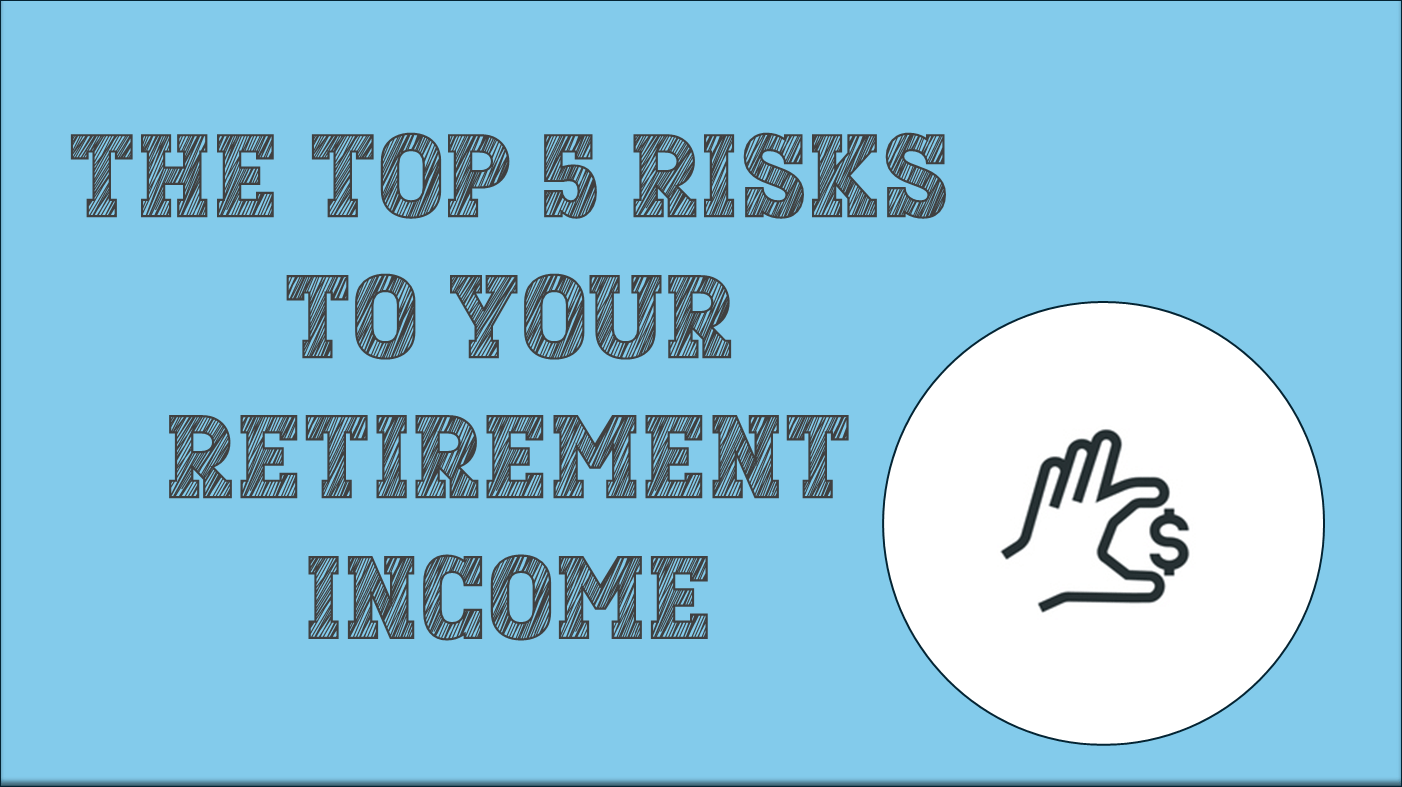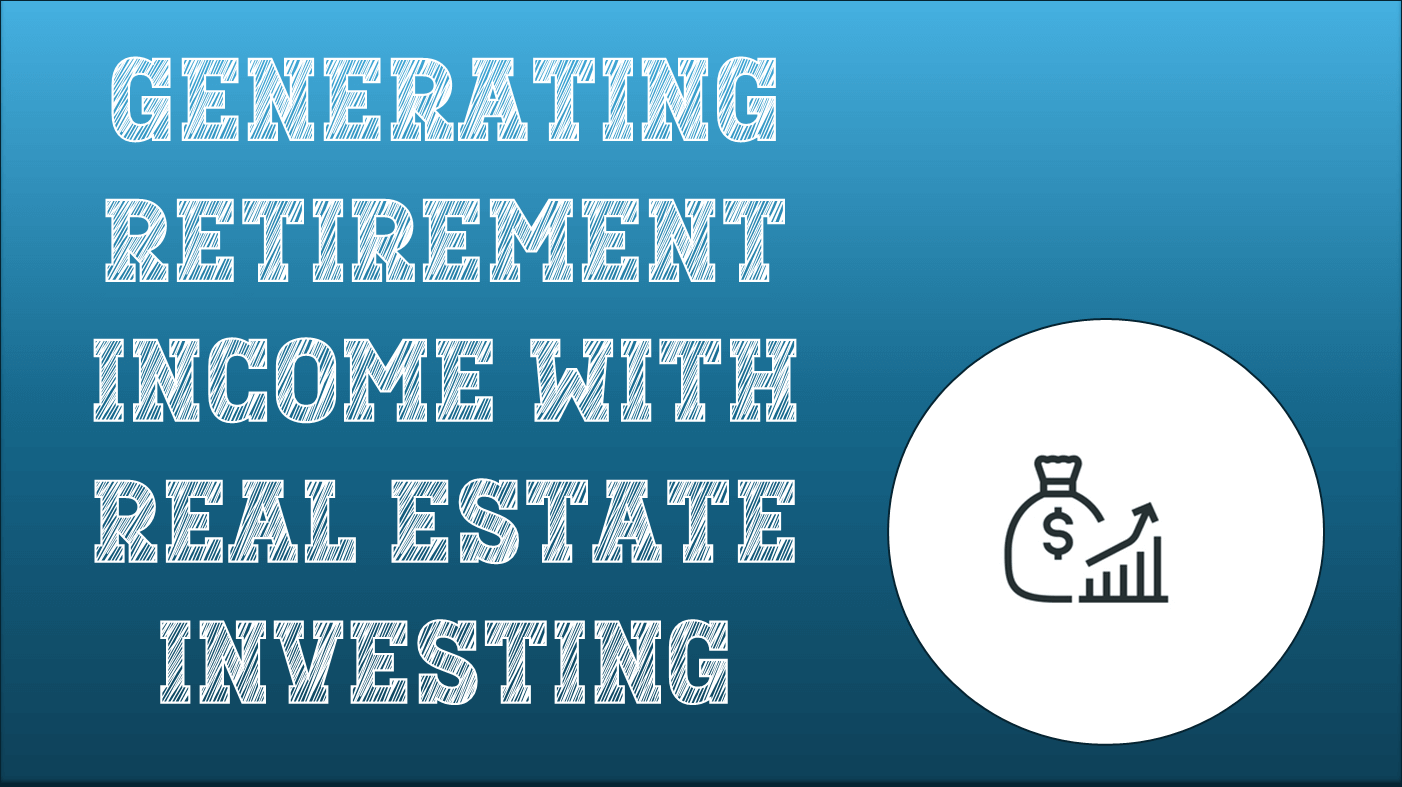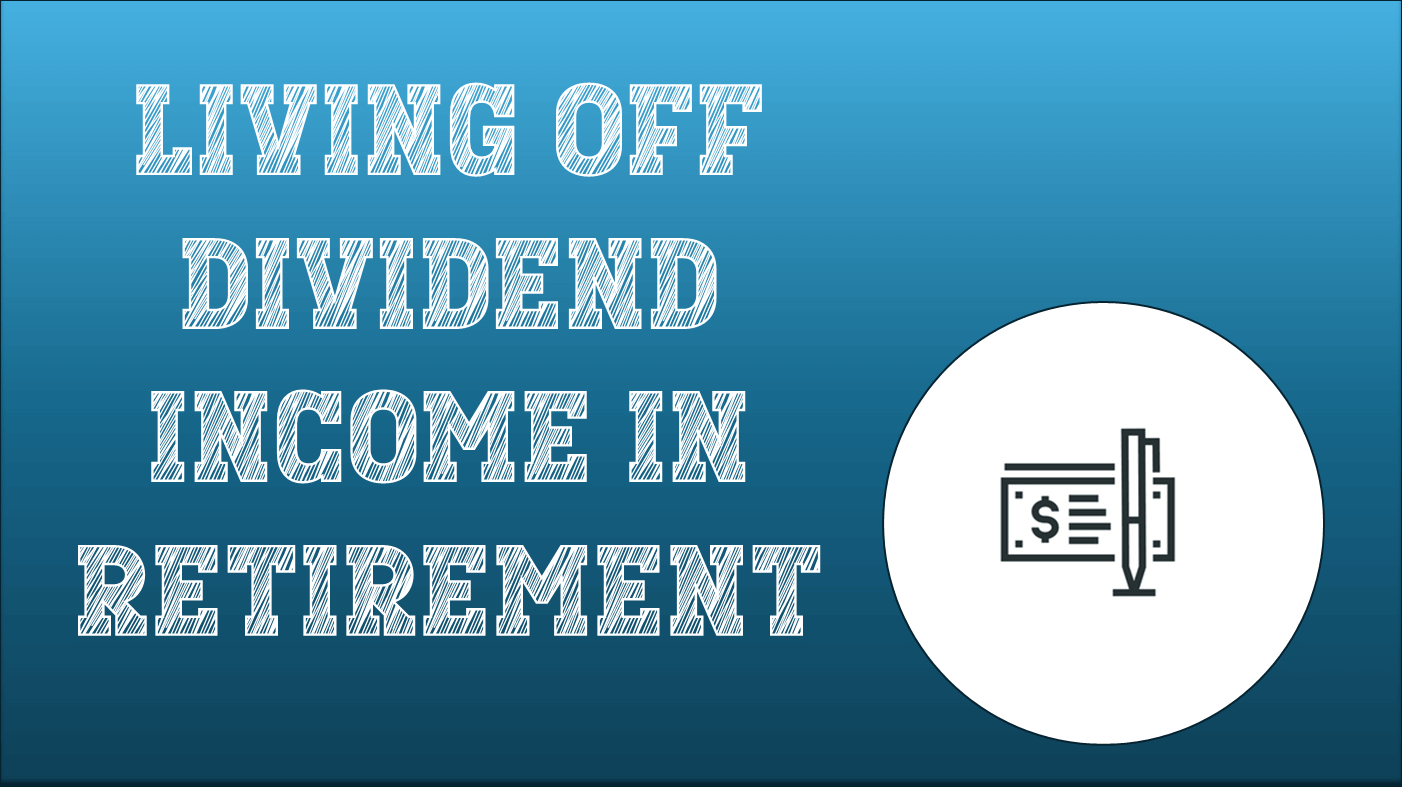TOP 5 RISKS TO YOUR RETIREMENT INCOME
You’ve prepared for your retirement. You’ve worked hard, planned everything out, and saved up enough to meet your Needs expenses and strive for your Wishes. The questions you need to ask are: “What could go wrong, and what do I do about it?” The answers to these questions and the risks to your retirement can be found in this article.
1. Healthcare Costs
In 1965, President Lyndon B. Johnson signed Medicare into existence. This remarkable program allowed millions of elderly participants to receive health insurance they need without being subjected to exorbitant costs. However, not all healthcare costs are covered by Medicare. Prescription drugs, international assistance, and deductibles are all “gaps” in Medicare coverage. As you might imagine, these “gaps” in your Medicare policy can erode your savings. In fact, according to a recent Fidelity study, the average 65-year old couple needs an estimated $260,000 to cover their health care costs in retirement.
Thankfully, there’s Medicare Supplement Insurance or Medigap. Medigap policies are supplemental insurance policies offered by private insurers designed to “shore up” the holes in Medicare. Also, there are several variants of Medigap policies, each suited to different individuals with different needs. If you think that you might incur health costs that are not fully covered by your Medicare plan, you may want to look into supplemental insurance.
2. Long-Term Care Costs
It’s important to correct a common misconception that Medicare will cover any long-term care costs. This is not true. Unfortunately, long-term care is seldom considered a medical expense and is not likely to be covered by Medicare. Furthermore, long-term care costs are often exorbitantly expensive and can be a significant drain on your savings.
The easiest way to mitigate the risk posed by long-term care is to purchase long-term care insurance. However, long-term care insurance is also expensive. The same Fidelity study mentioned earlier found that the average 65-year old couple would need an additional $130,000 to insure themselves against long-term care costs. As a result, you should consider your financial situation before purchasing long-term care insurance.
3. Inflation
Inflation is a seldom-considered risk to your retirement. However, it’s critical to understand the impact inflation has on your retirement savings. Inflation measures price increases of goods and services. As inflation rises, it erodes the rate of return on your investments since it offsets your gains. With the gradual phasing out of traditional pensions, inflation has become more significant. Traditional pension models were indexed for inflation, meaning your pension rose when prices rose. Since 401(k)s and IRAs are not adjusted for inflation, pensions were an excellent source of stable income in retirement. Since the average annual inflation rate is roughly 2%, the erosion of your retirement income over the years can be significant.
On the bright side, there are several investments designed to mitigate the impact of inflation. For example, you can invest in Treasury Inflation-Protected Securities, or TIPS. TIPS are U.S. government-backed securities that pay a percentage yield and adjust for inflation. Other options to reduce your risk to inflation include purchasing commercial real estate and investing in the stock market. Many financial experts suggest a healthy mix of stocks and TIPS as their values often move in opposing directions. For more on inflation please click on my article: How Inflation Risk Hurts Your Retirement Portfolio.
4. Market and Sequence of Returns Risk
Market risk is the risk of losses due to financial market downturns. The risk of market downturns can increase or decrease over time. However, market risk is prevalent for as long as you’re invested in the market.
Sequence of returns risk comes into play as you enter retirement and the years shortly after. Sequence risk as it’s often called is the risk your portfolio suffers a loss in the early years of retirement while you’re simultaneously withdrawing money for income. Sequence risk is important because suffering an investment loss earlier on in retirement increases the risk of depleting your savings than if you had suffered the loss years later. Both market risk and sequence risk can be mitigated by a myriad of ways including purchasing a bond ladder, establishing a maximum safe-withdrawal rate from your savings, and getting a part-time job. For more on market risk and sequence risk please click on my article: How Sequence Risk Can Derail Your Retirement.
5. Longevity
One of the most visible risks to your retirement income and savings is the risk of growing too old. Most retirement income plans don’t expect you to live past a certain age (they normally expect you to live to be 95 to 100). Should you wind up living longer than expected, you face the risk of running out of funds to support yourself.
There’s only so much you can do to mitigate the risk of longevity. The best way to mitigate longevity risk is to defer Social Security benefits until the age of 70. By deferring your benefits, you’ll be in a better financial position in the case you live an exceptionally long life. Other options include buying an immediate-fixed annuity (which is essentially longevity insurance) or getting a reverse mortgage under a tenure payment plan.
Conclusion
If you know what can go wrong, you can plan accordingly. The tips that we reviewed in this article should help you mitigate the risks to your retirement income. However, life is complicated, and unpredictable. Many other factors could interfere with your retirement plan. If you’d like to begin planning a more secure retirement income, please contact a Certified Financial Planner.








